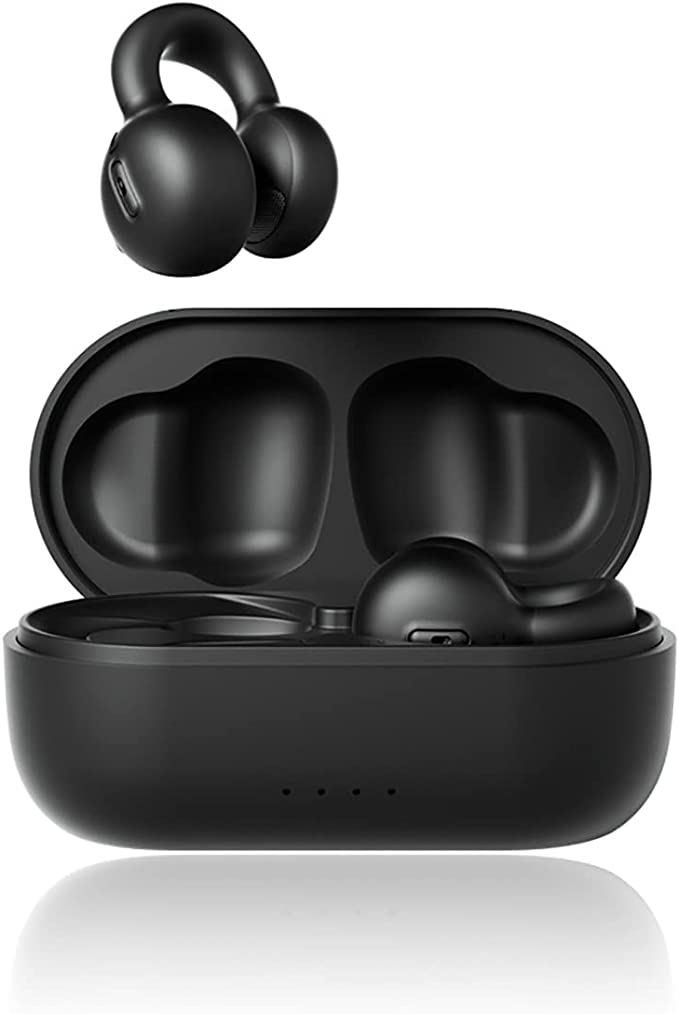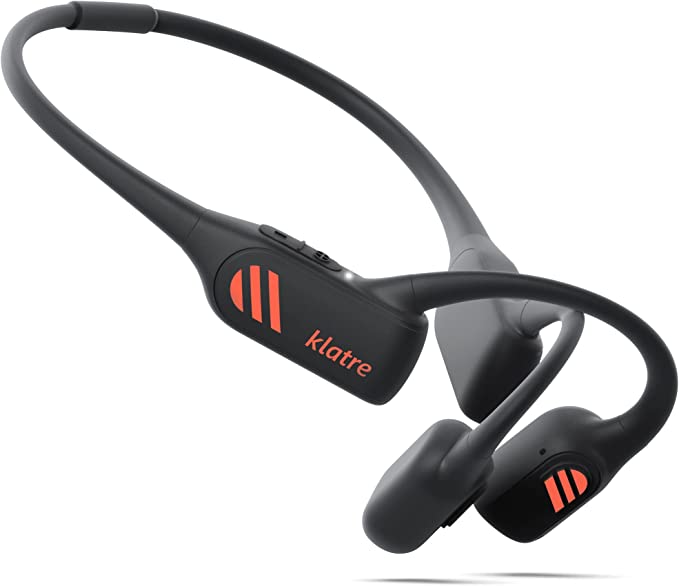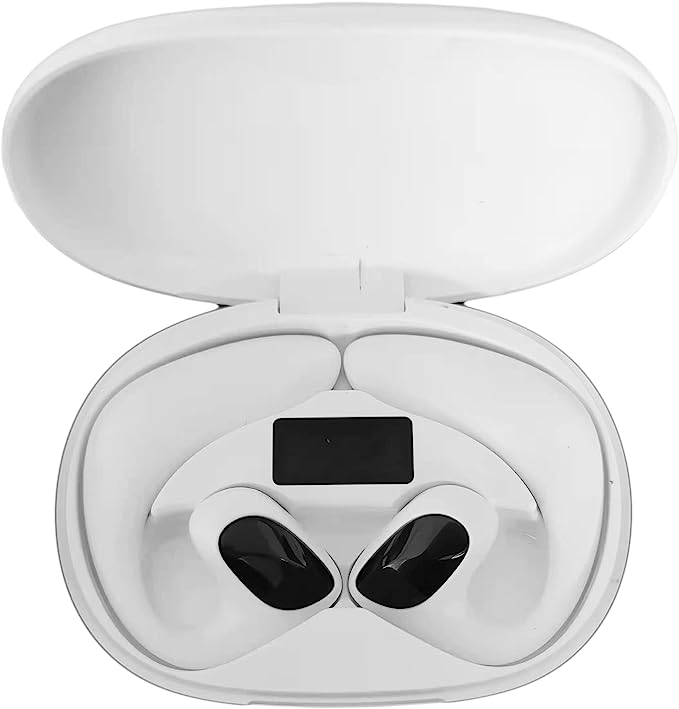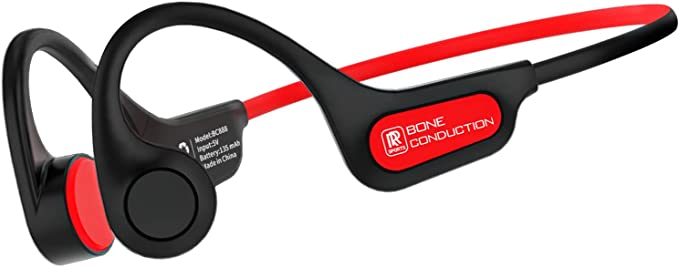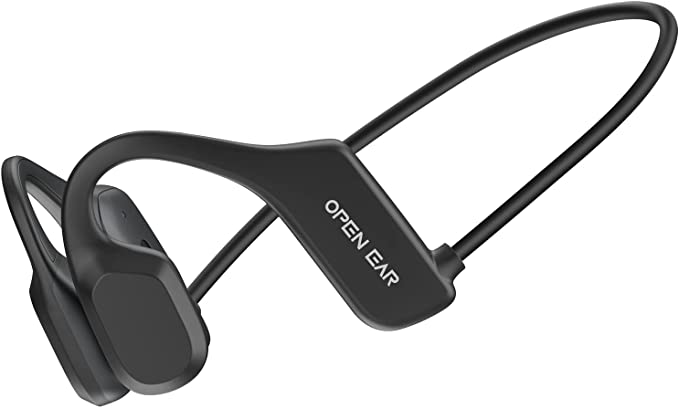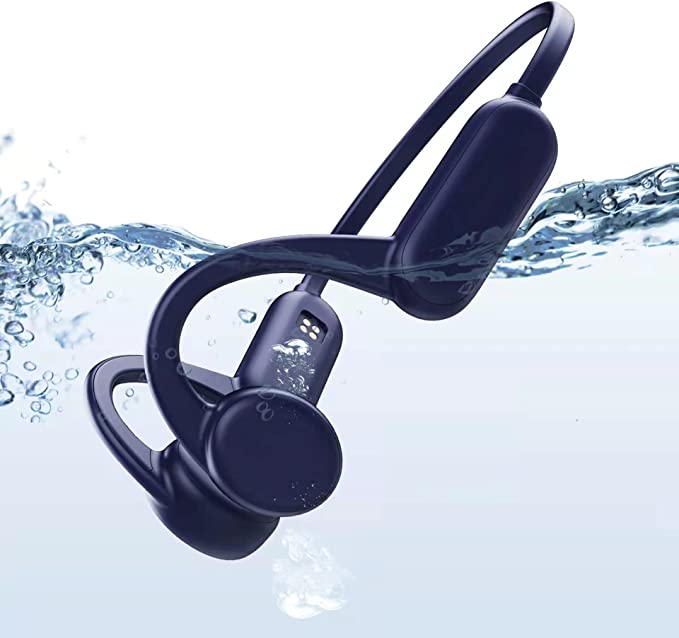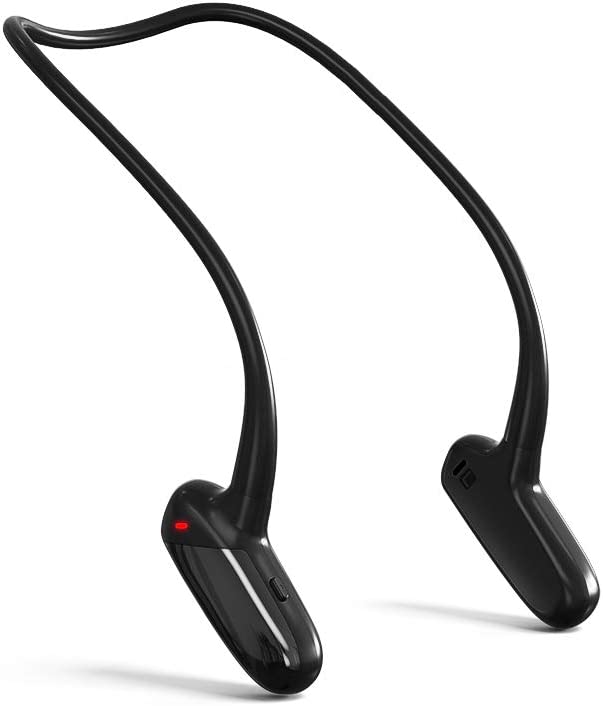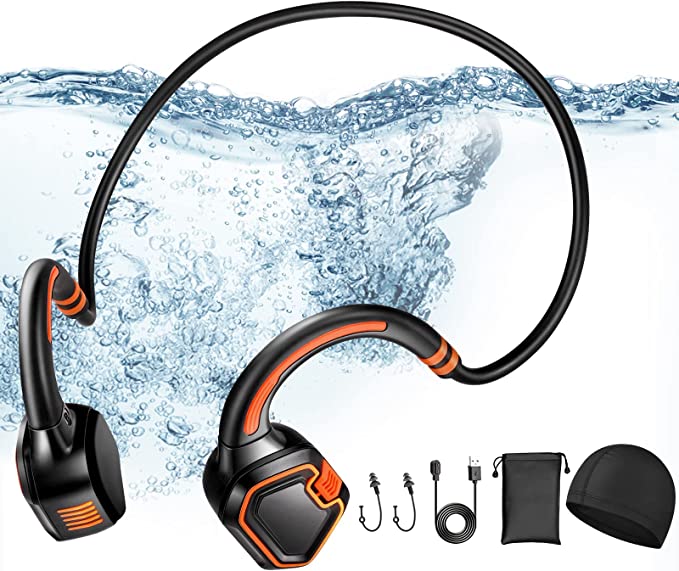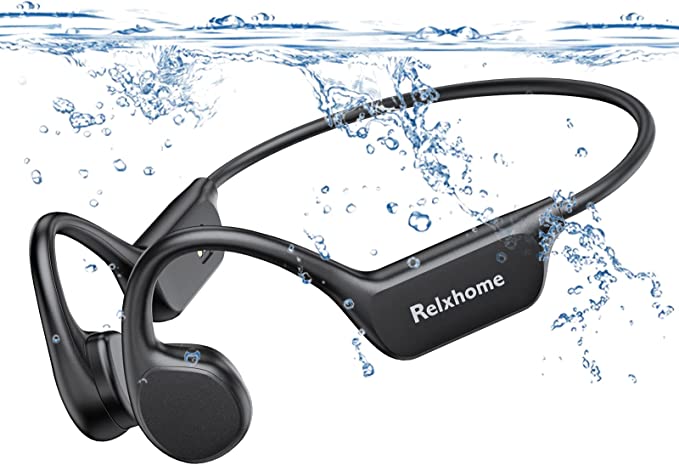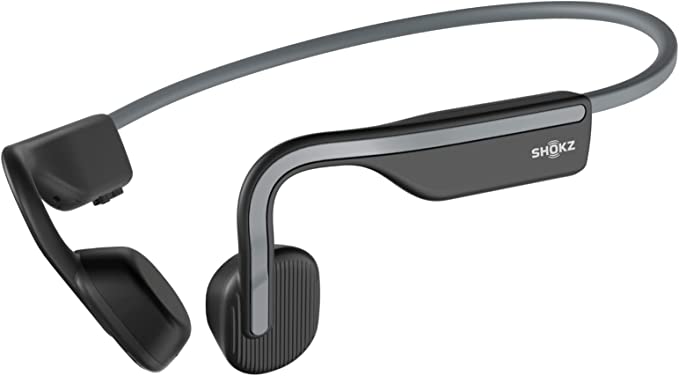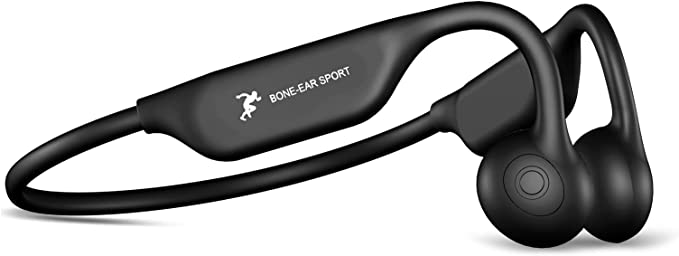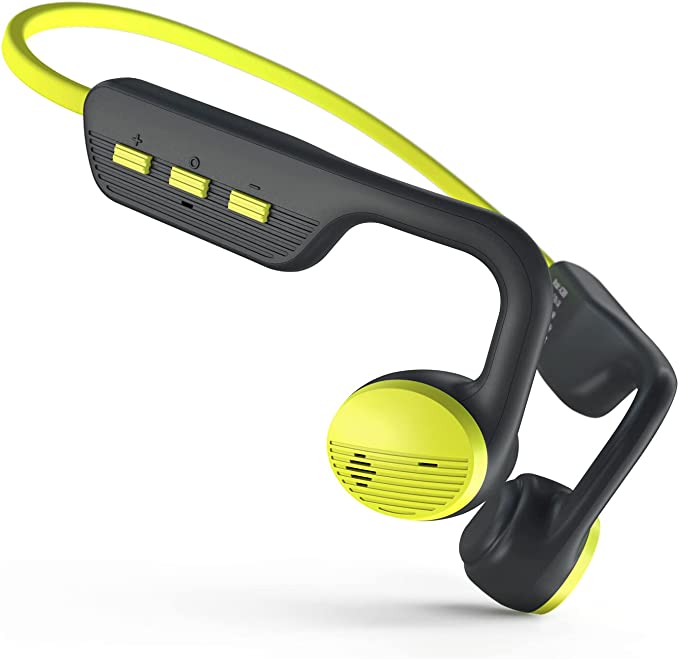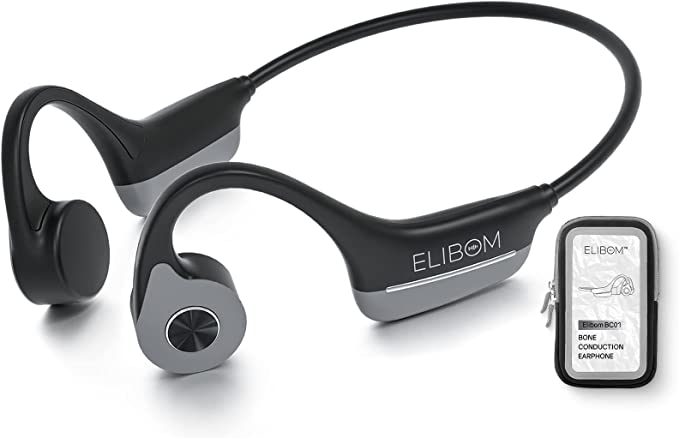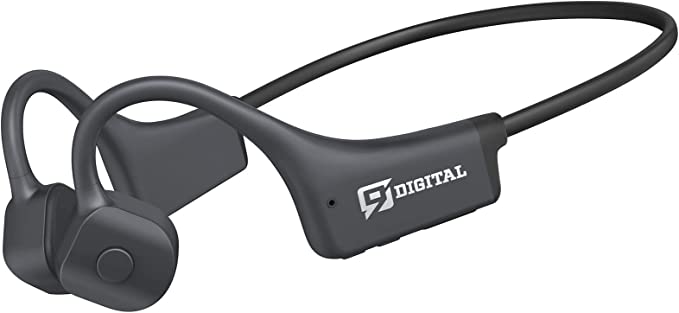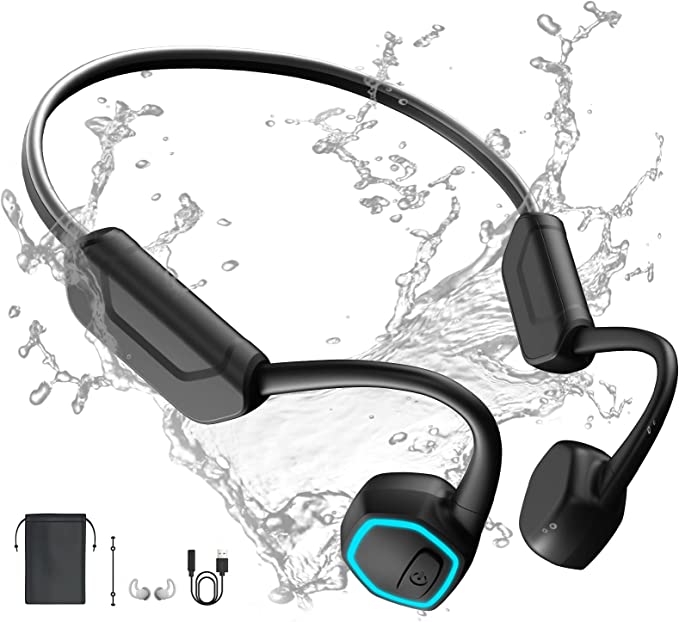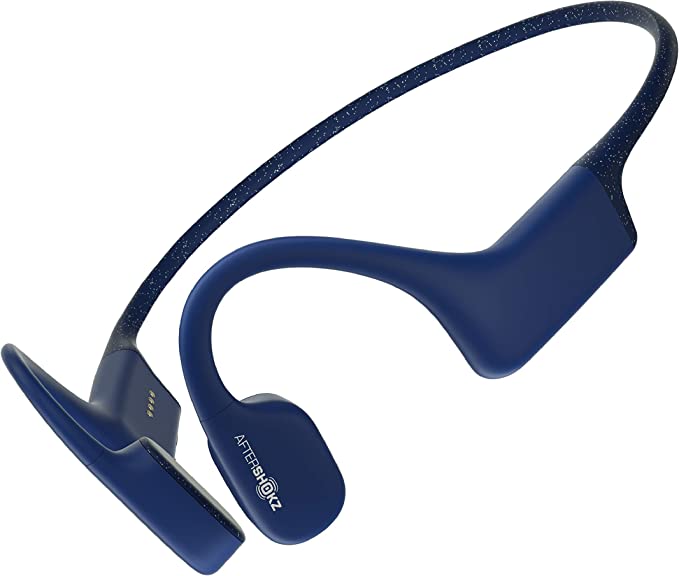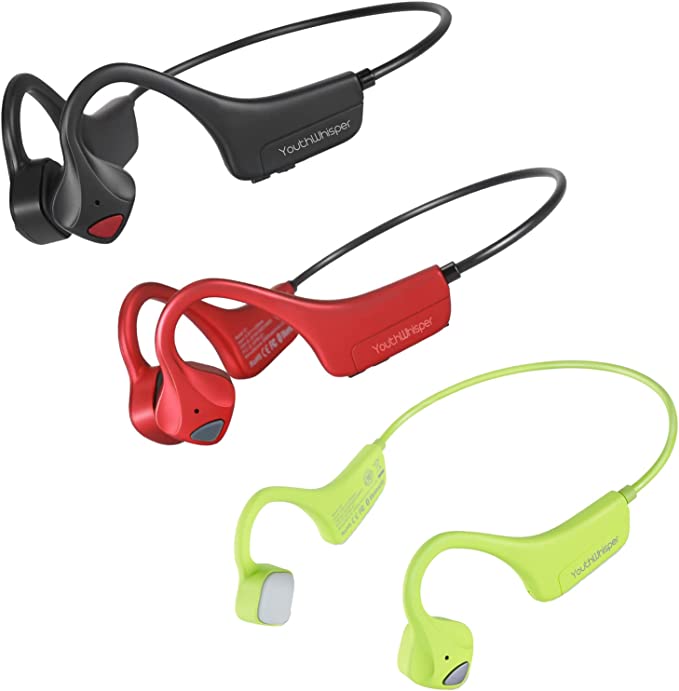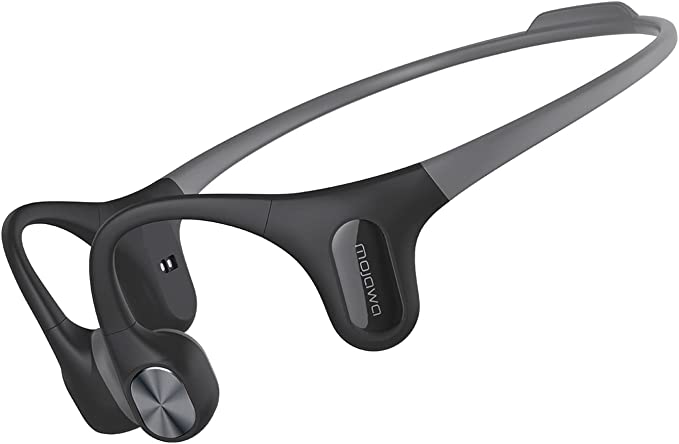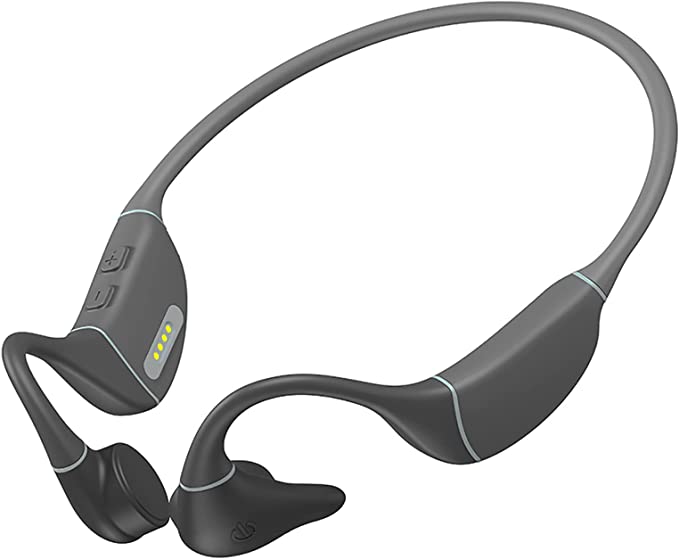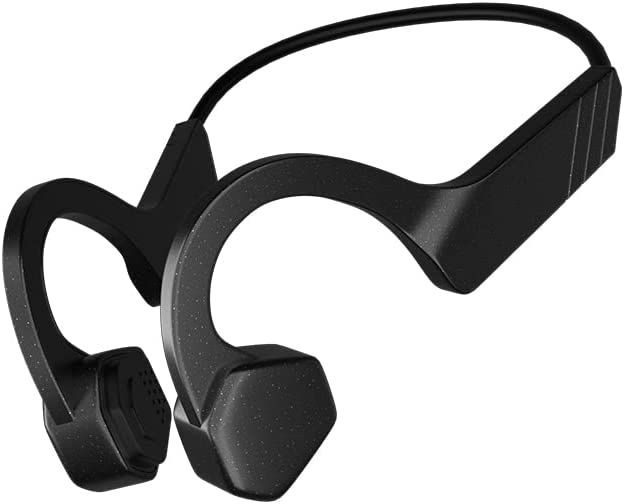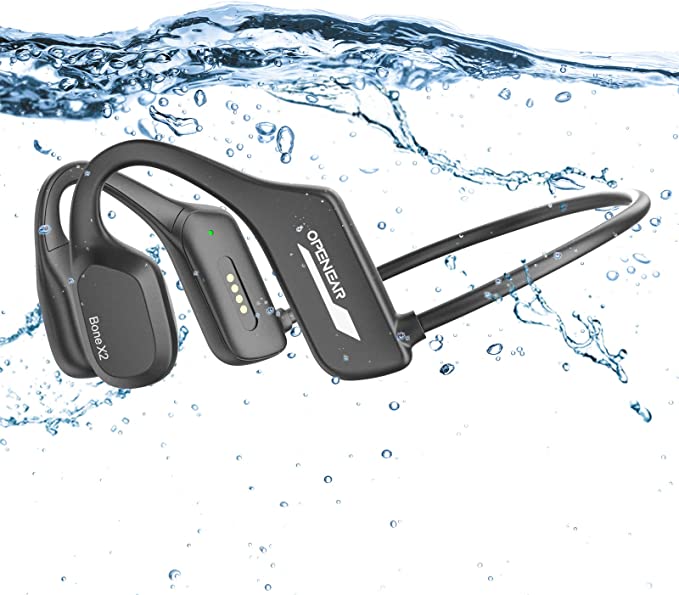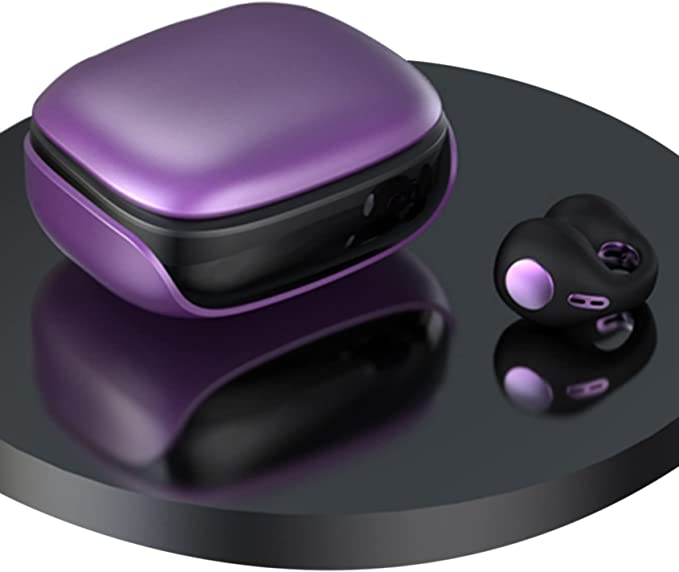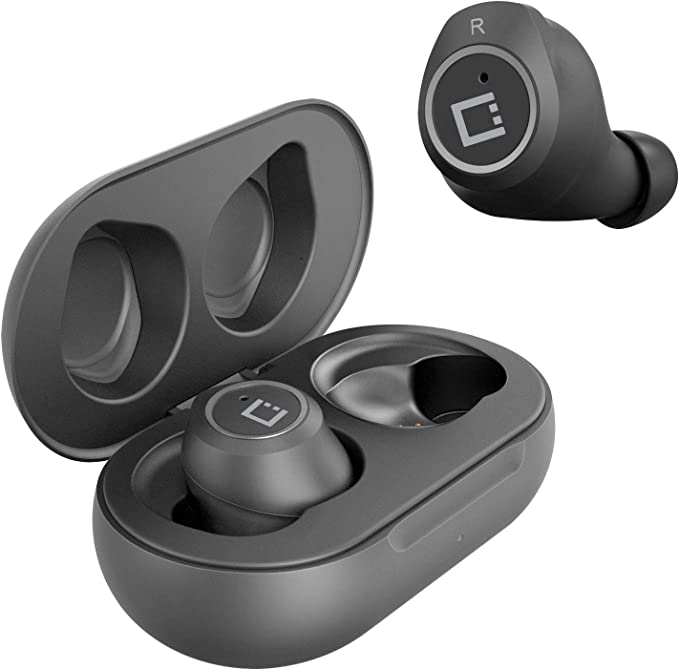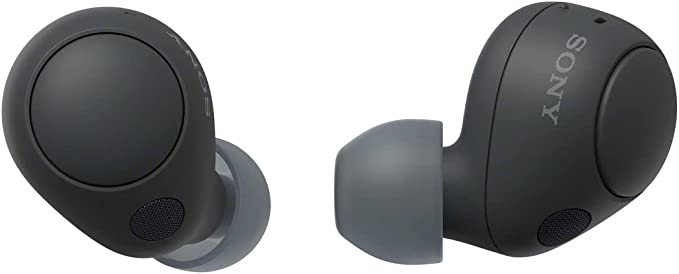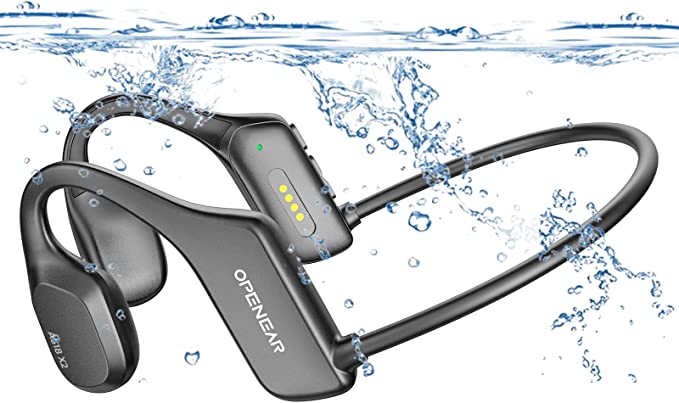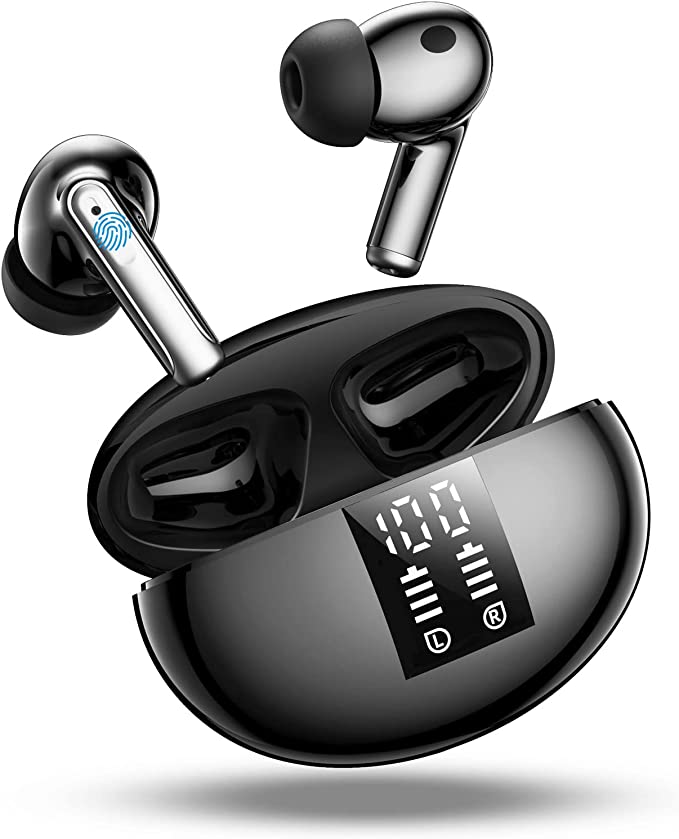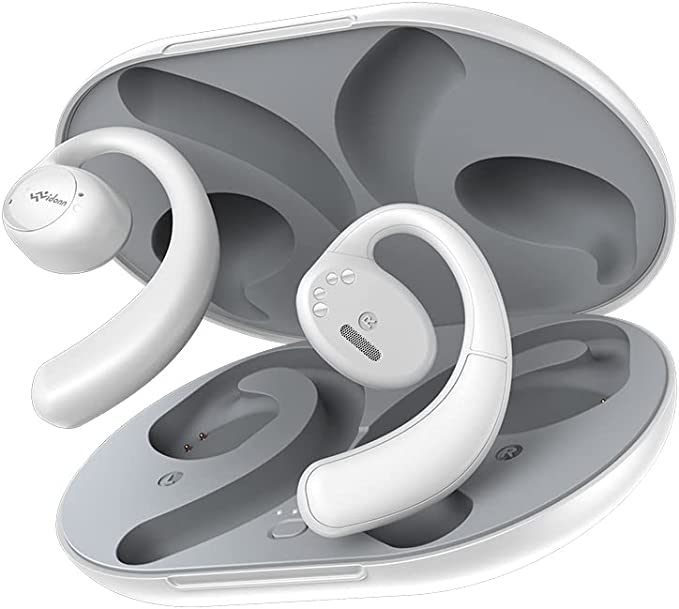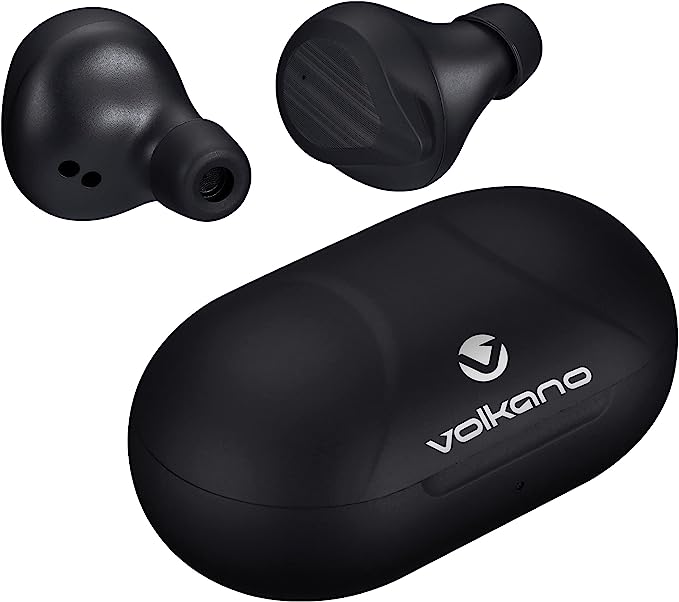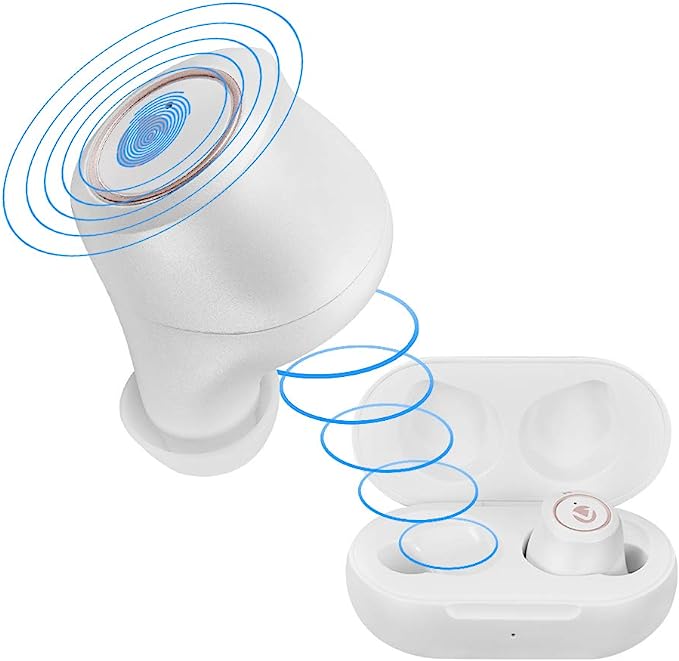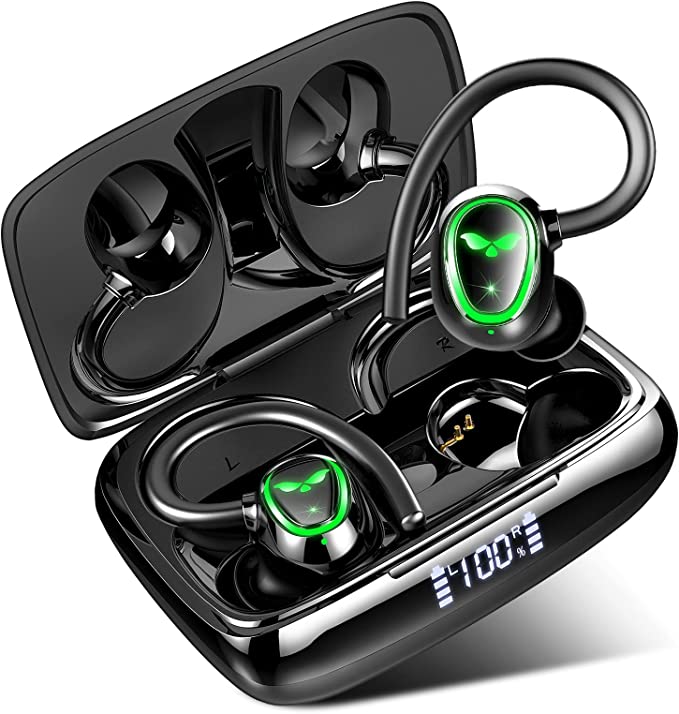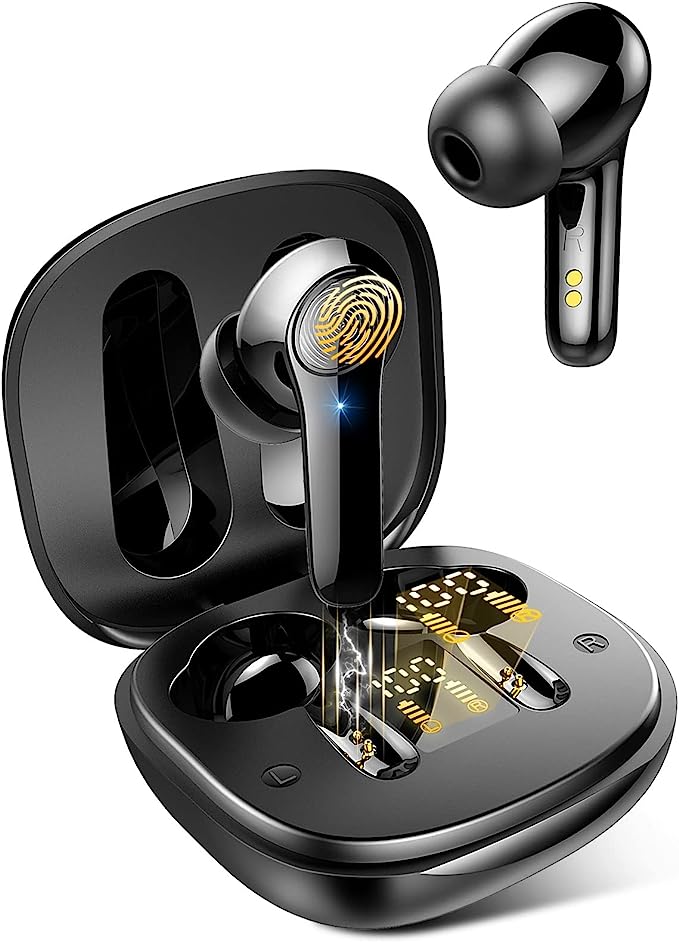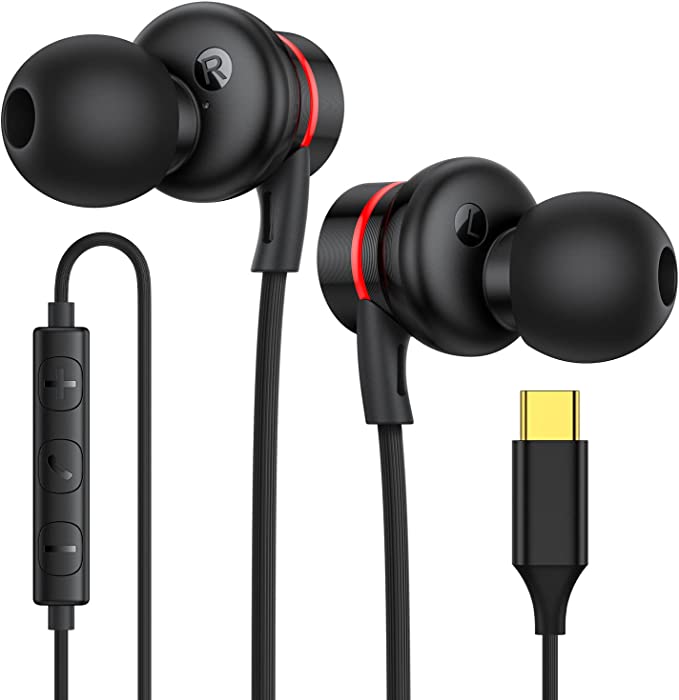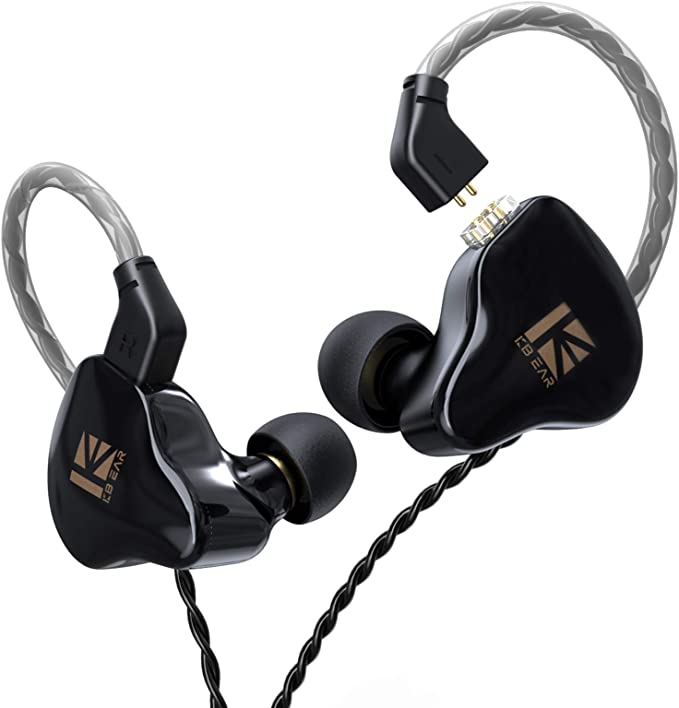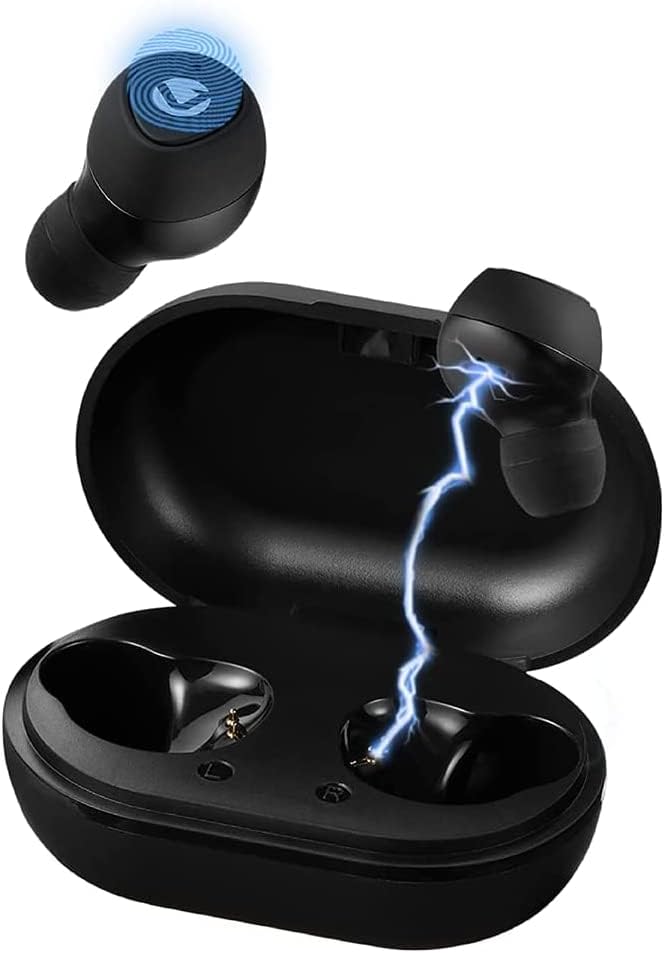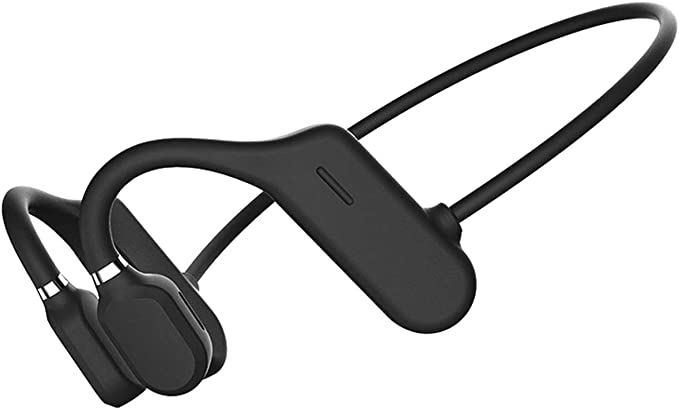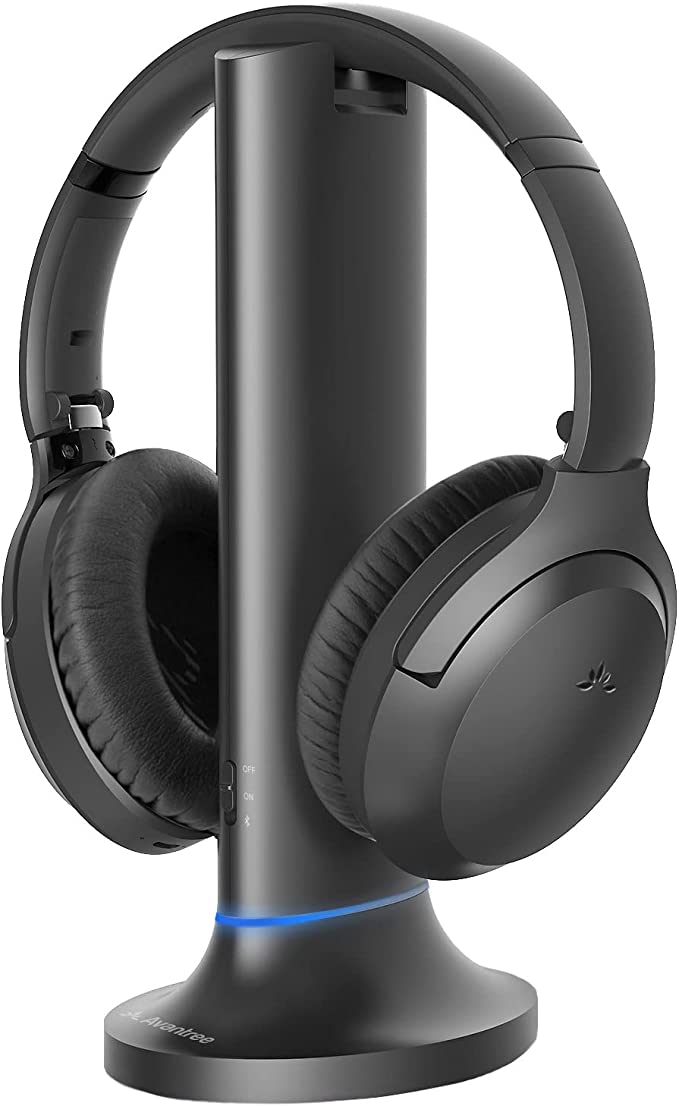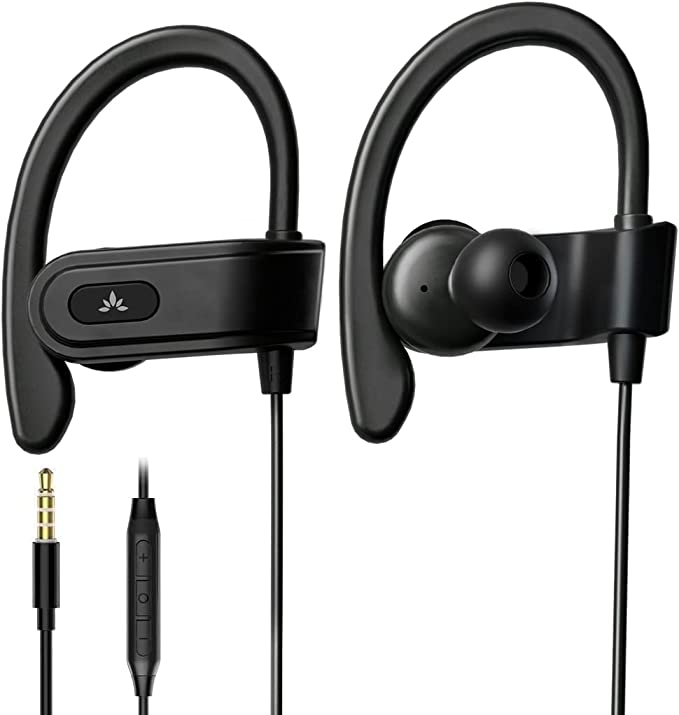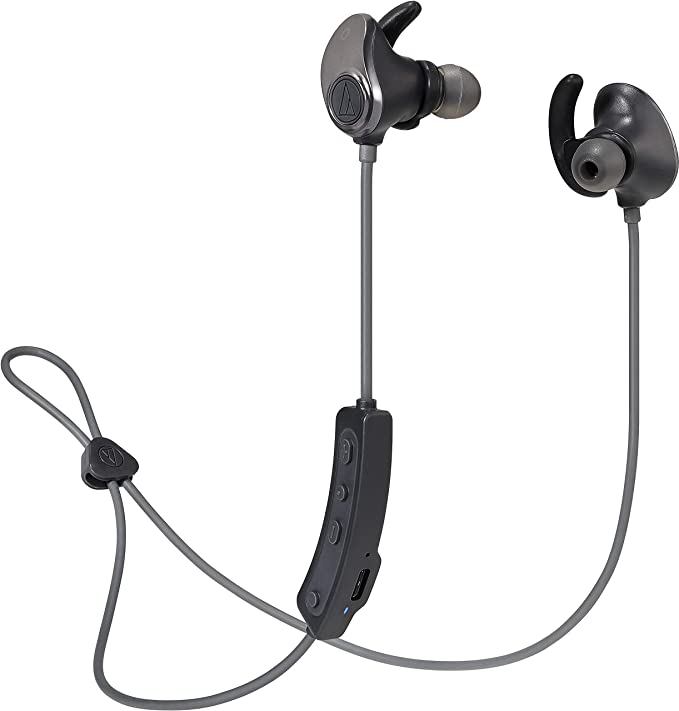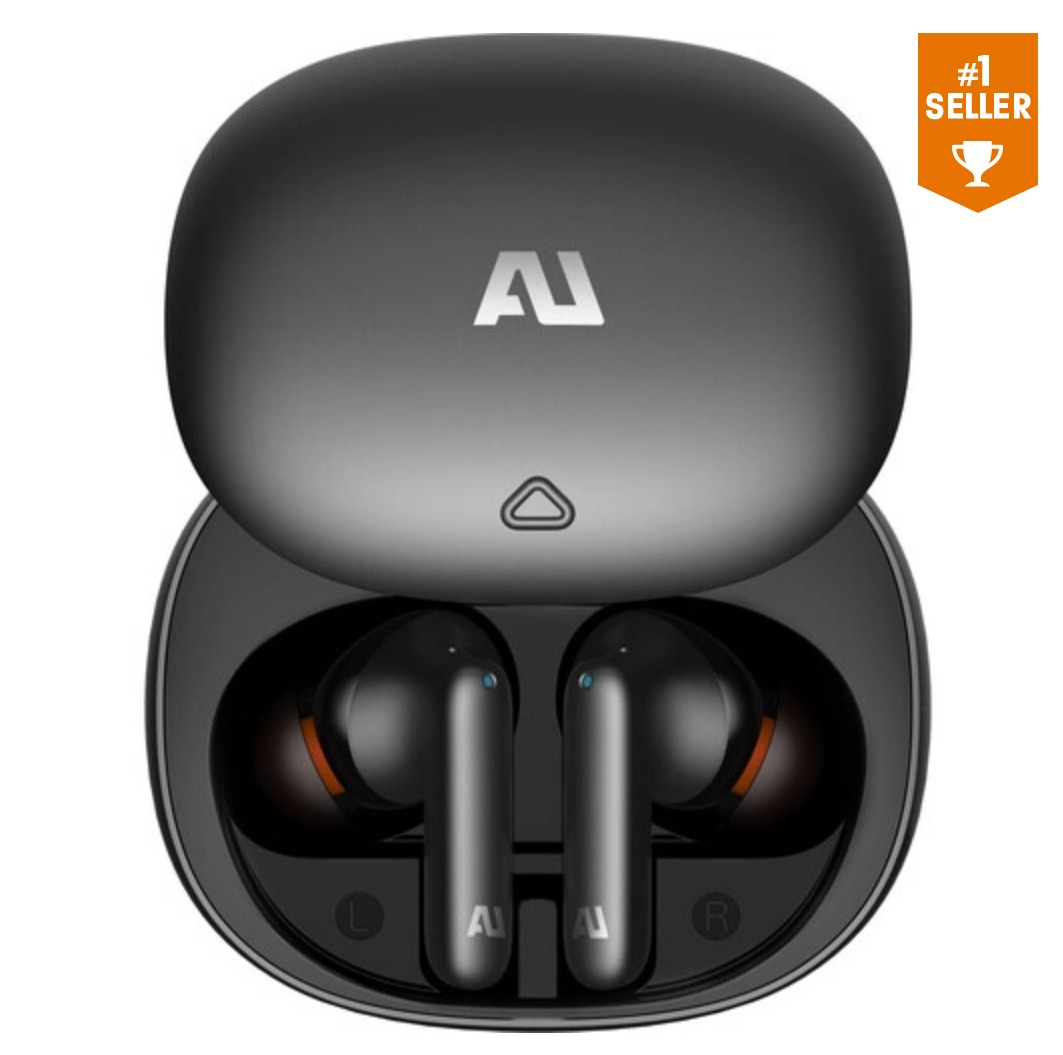JekaDabe M1 Bone Conduction Headphones: A Truly Wireless Auditory Experience
Update on June 25, 2025, 6:24 p.m.
Our ears are incredible instruments, constantly tuning into the symphony of the world around us – the distant hum of traffic, the rustle of leaves, the murmur of conversation. This constant stream of auditory information keeps us connected, aware, and safe. Yet, in our quest for personal soundscapes, we often plug in traditional headphones, creating immersive audio bubbles that, while enjoyable, can sever this vital link to our surroundings. What if there was a way to enjoy your music or podcasts without completely shutting out the world? Enter the fascinating realm of bone conduction, a technology that offers a different path for sound to reach your brain, a path exemplified by devices like the JekaDabe M1 Bone Conduction Headphones.

A Different Path for Sound: Demystifying Bone Conduction
So, what exactly is bone conduction? Imagine sound taking a secret, solid expressway directly to your inner ear, rather than navigating the usual airy highway through your ear canal. Most of the sound we hear daily travels via air conduction: sound waves enter the outer ear, vibrate the eardrum, and these vibrations are then amplified by the tiny bones of the middle ear (the ossicles – malleus, incus, and stapes) before reaching the cochlea. The cochlea, a spiral-shaped, fluid-filled structure in the inner ear, is where these mechanical vibrations are converted into electrical signals that the auditory nerve transmits to the brain for interpretation as sound. This is the classic route.
Bone conduction, however, largely bypasses the outer and middle ear. Instead, devices utilizing this technology, such as the JekaDabe M1, employ transducers that rest directly on the bones of your skull – typically the cheekbones (zygomatic bones) or the mastoid bone behind the ear. These transducers convert electrical audio signals into subtle mechanical vibrations. These vibrations travel through your cranial bones, effectively using your skull as a soundboard, directly stimulating the cochlea. Your brain then processes these signals just as it would any other sound. The magic lies in the fact that your ear canals remain completely open, allowing you to simultaneously hear your chosen audio and the ambient sounds of your environment. It’s like having a personal soundtrack that doesn’t require you to ignore the world’s own score.

Echoes from the Past: A Brief History of Hearing Differently
While modern bone conduction headphones might seem like a recent innovation, the principle itself has been understood, at least anecdotally, for centuries. Perhaps the most famous (though debated by some historians) example involves the composer Ludwig van Beethoven. As his hearing progressively deteriorated, it’s said that he would bite down on a metal rod attached to his piano, allowing the instrument’s vibrations to travel through his jawbone to his inner ear, enabling him to “hear” the music he was composing. Whether perfectly accurate or not, the story beautifully illustrates the core concept.
Beyond such tales, bone conduction has a more concrete history in specialized applications. It has been utilized in military communication systems, where clear audio is needed in noisy environments without obstructing soldiers’ ears to crucial ambient sounds. Furthermore, it has long been a cornerstone of certain types of hearing aids, particularly for individuals with conductive hearing loss (problems with the outer or middle ear) but a functioning inner ear. The transition to consumer electronics, like the JekaDabe M1, represents the democratization of this intriguing technology, making its unique benefits accessible to a broader audience.
The JekaDabe M1: Bone Conduction in Your Daily Life
The JekaDabe M1 Bone Conduction Headphones aim to bring this established science into everyday use, leveraging an open-ear design for a distinct listening experience. Let’s explore how its features align with the principles of bone conduction and user needs.
The Open-Ear Revolution: Seeing with Your Ears
The most immediate and impactful feature of the M1, and bone conduction headphones in general, is that they leave your ear canals entirely unobstructed. This “open-ear” approach, as highlighted by the JekaDabe brand, offers profound benefits. Firstly, situational awareness is dramatically enhanced. Imagine jogging down a busy street; with the M1, you could still hear an approaching car horn or a cyclist calling out from behind, a safety feature that traditional earbuds often compromise. The product description for the M1 explicitly mentions its suitability for “Running, Cycling, Hiking, Driving and Sports,” activities where awareness of “surrounding dangers” is paramount (source: “About this item”).
Secondly, there’s the aspect of comfort and hygiene. Many find in-ear devices uncomfortable after extended use, causing pressure or irritation. The M1, by resting on the cheekbones, alleviates this. As the manufacturer states, they “can keep the inside of the ear canal clean and hygienic” and are “suitable for long-time wear” (source: “About this item”). This can be a game-changer for individuals prone to ear infections, as echoed by user LEAH MAGGITTI: “I have to wear a headset for work which over the years has created chronic ear infections and pain. These are a life saver!!” (source: Customer Reviews).
Technology at its Core: Understanding the M1’s Build
Several technological components contribute to the M1’s functionality. It utilizes the “latest Bluetooth 5.0 chip” (source: “About this item”). Bluetooth 5.0, a standard governed by the Bluetooth Special Interest Group (SIG), offers advantages over previous versions, such as potentially greater range, faster data transfer speeds, and improved connection stability, all contributing to a “more clear sound and low latency experience.”
For durability during active use, the M1 is “certified IPX6 waterproof” (source: “About this item”). According to the International Electrotechnical Commission’s (IEC) standard 60529, an IPX6 rating signifies protection against powerful water jets from any direction. This makes the headphones “resistant to sweat, and moistur,” suitable for intense workouts or a run in the rain, though it’s important to note they are “Not suitable for swimming.” The frame is made from “flexible and elastic titanium alloy,” which can be “360° bendable without deformation” (source: “About this item”). Titanium alloys are prized in engineering for their high strength-to-weight ratio, excellent flexibility, and corrosion resistance, making them ideal for a lightweight (the M1 weighs around 1.12-1.19 ounces, or approximately 32-34 grams – source: “Product information” & “About this item”) yet robust wearable device.
The Sound Experience: A Bone Conduction Perspective
The M1 promises “premium audio through the cheekbones” (source: “About this item”). Generally, bone conduction excels at reproducing mid and high-frequency sounds with clarity, which is great for vocals, podcasts, and many instrumental details. However, the perception of bass is often different from what air conduction headphones deliver. Deep, thumping bass relies on moving significant volumes of air, which bone conduction transducers don’t do in the same way. Instead, low frequencies are often felt as more of a vibration.
User feedback for the M1 reflects this nuanced audio experience. Some users, like Josh Alonzo, find “The sound quality is awesome” (source: Customer Reviews). Reviewer RobbH offers a more detailed perspective: “you will not get booming bass. It’s much more like listening to a pair of good (but not incredible) speakers, without a subwoofer,” also noting they can be “a bit boomy in the lower midrange frequencies” (source: Customer Reviews). Conversely, John F reported “Sound volume poor” (source: Customer Reviews). The overall 3.0-star rating from 8 global ratings suggests a polarized user experience. It’s also worth noting, for transparency, that RobbH mentioned an offer of a “$30 gift card in exchange for a 5-star review,” a practice that can skew perceived product performance.
Powering these experiences is a “230 mAh high-capacity battery,” providing up to “8 hours” of playback at 80% volume, with a Type-C fast charge taking approximately 1.5 to 2 hours (source: “About this item” & “Product information”).
The Trade-Offs and Triumphs: Is Bone Conduction for You?
Bone conduction technology, as embodied by the JekaDabe M1, is not a universal replacement for all other types of headphones, but rather a compelling alternative with its own set of strengths and considerations.
One of an inherent characteristics of bone conduction is sound leakage. Because the transducers vibrate your skull, some of these vibrations can also cause the skin surface to vibrate, creating sound waves in the air that people nearby might hear, especially at higher volumes in quiet environments. The provided M1 information doesn’t specifically address leakage control, a common challenge for bone conduction designs. The included “Sponge Earplugs” (source: “What’s in the box”) are an interesting addition; while counterintuitive for an open-ear design, they could be used if a user wants to temporarily block external sounds to focus more on the bone-conducted audio, or perhaps to reduce perceived leakage to others in very close proximity, though this partially negates the primary open-ear benefit.
When considering if bone conduction is right for you, it’s about weighing these factors. If your priority is absolute audiophile-grade sound fidelity with deep, resonant bass above all else, high-end traditional over-ear or in-ear headphones might still be your preference. However, if you’re an athlete who needs to hear traffic, a professional who needs to remain aware of colleagues, someone who finds in-ear headphones uncomfortable or unhygienic, or if you’re simply intrigued by a new way to experience audio while staying connected to your environment, then bone conduction offers significant advantages. The JekaDabe M1, priced at $30.68 (source: Price), positions itself as an accessible entry point to explore these benefits.

Beyond the Hype: Embracing a New Dimension of Hearing
Bone conduction technology is more than just a novelty; it’s a testament to our ingenious ways of interacting with the world through sound. It reminds us that hearing is a complex process with multiple pathways. Devices like the JekaDabe M1 Bone Conduction Headphones harness one of these less-trodden paths, offering a unique blend of personal audio and environmental awareness.
While not without its compromises – primarily in the realm of bass response and potential sound leakage compared to sealed traditional headphones – the benefits of an open-ear design for safety, comfort, and hygiene are compelling for many. As technology continues to evolve, we can likely expect further refinements in bone conduction audio quality and design. For now, products like the M1 invite us to listen differently, to integrate our digital soundscapes more seamlessly with the rich, analog symphony of life happening all around us. It’s an invitation to keep your ears, and your mind, open.
